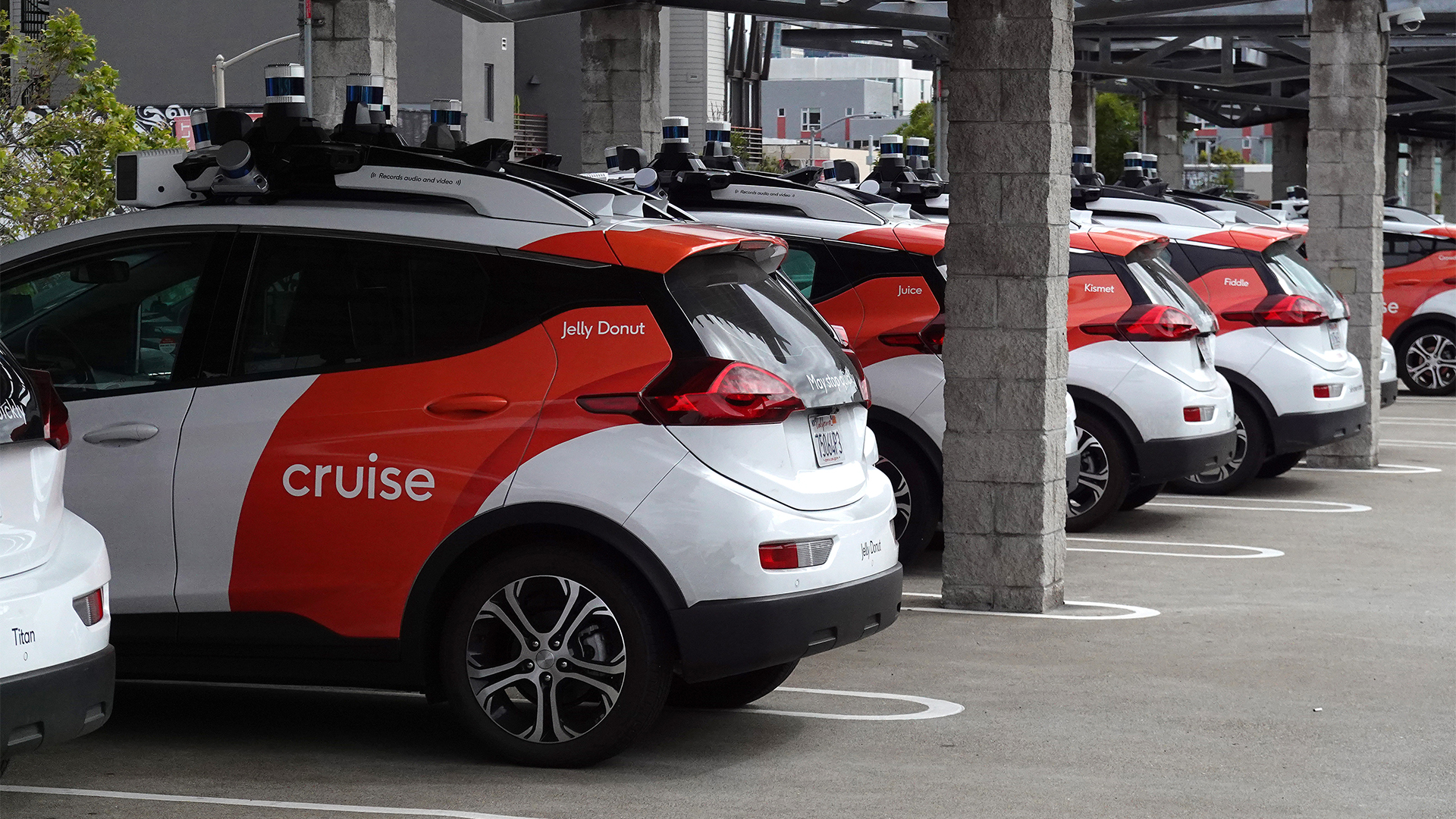

The outcome of a controversial vote by the California Public Utilities Commission (CPUC) will allow robotaxis from Google-affiliated Waymo and General Motors-backed Cruise to operate at all hours of the day and night around San Francisco.
Following nearly six hours of public comment, the CPUC voted 3-to-1 in favor of permitting both autonomous vehicle companies to ferry passengers and collect fares around the clock throughout San Francisco. This decision will make the city the first in the country where rivaling AV fleets will compete for revenue generated from riders at all times. However, it’s already sparked some controversy from residents and local government officials who worry that expanded hours alongside ongoing issues with AVs will cause significant traffic and safety concerns across the city.
With the CPUC’s new regulatory blessing, both Cruise and Waymo will be permitted to expand their operations to full 24-hour robotaxi services anywhere in the city. Previously, Cruise was only permitted to charge riders for driverless rides between 10 p.m. and 6 a.m., and most of its activity was constrained to downtown. The company could charge at any time provided a safety driver was present in the vehicle. Waymo, meanwhile, was allowed to collect fares only with a safety driver’s presence, regardless of the time.
Waymo and Cruise executives rejoiced at the news, respectively calling it “the true beginning” of AV operations in the city and a “historic milestone.”
The decision to allow the companies to begin operating for-pay rides at all hours of the day is a controversial one that arrives amid complaints from residents and local government officials. Cruise vehicles in particular have been the subject of criticism following a wave of Cruise-induced traffic congestion and even a few Cruise-involved accidents over the past year. One tipster claiming to be a Cruise employee sent a letter to the CPUC in 2022 where they claimed that the service launched too soon and urged the agency not to grant the company a permit to operate autonomously at all times and in all areas. And when local governance produced no results, grumpy locals even resorted to sabotaging the AVs using traffic cones.
CPUC Commissioner John Reynolds defended the agency’s decision to allow the expansion. His personal belief, according to a statement issued following the vote, is that the tech has the potential to increase safety on the roadway. However, he admits that the agency does not yet have the necessary data to judge AVs against human-driven counterparts.
Nearly 200 people signed up to offer public comment in the six hours leading up to the vote. Some were supportive of the expansion. For example, members of the local Service Employees International Union—which represents janitorial workers—rallied in support after Cruise reportedly promised to work with the union if they expand their offices into San Francisco. Likewise, the local International Brotherhood of Electrical Workers hoped that the expansion would lead to more electrical jobs.
Individuals also spoke up about the potential of robotaxis creating an economic boost, as they could become a tourist attraction like the city’s cable cars. Others noted the possibility of reducing drunk driving. And, of course, others still referenced San Francisco’s history as an innovative tech hub.
Some residents, however, were not as enthralled with the idea of robotaxis on the road more often. Commenters complained that San Francisco was being transformed into a “tech playground” or “ant farm” where its citizens were the subject of big tech’s experiments.
“These are private companies testing their private R&D on public roads,” noted one commenter, according to California news outlet KQED. “You are a regulatory agency. Please do your job and create regulation. I did not consent to be a beta tester.”



Earlier this week at a preliminary hearing, Jeanine Nicholson, chief of the San Francisco Fire Department, testified to the CPUC that robotaxis were creating a public nuisance that has repeatedly undermined the department’s ability to respond to emergencies. She cited 55 written complaints of autonomous vehicles interfering with emergency service providers, such as driving over fire hoses.
Now that both brands have the go-ahead to expand their services, it’s likely that locals will begin seeing the number of robotaxis increase in the coming weeks. Waymo, for example, operates around 250 vehicles in the city. Cruise operates 300 overnight and 100 during the day, presently. It’s unknown how many additional vehicles each company expects to deploy in the short term.
Got a tip or question for the author? Contact them directly: rob@thedrive.com